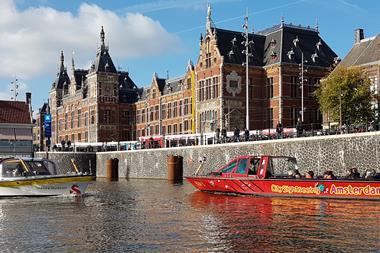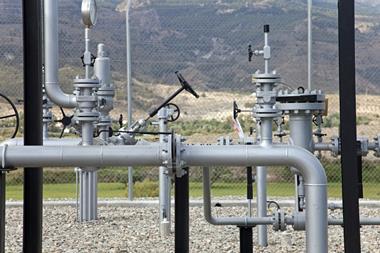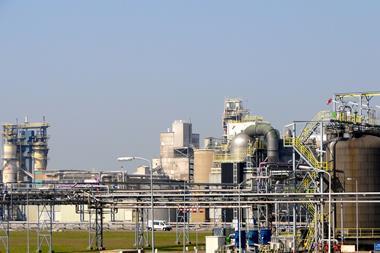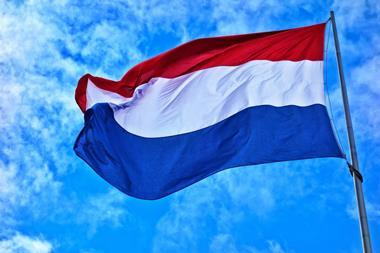Pensioenfonds Pon, the last remaining multi-company scheme in the Netherlands, has reversed its initial plan to transform itself into a general pension fund (APF).
In its annual report, it said it had changed its mind as an analysis had shown that such a move would be too expensive and too complicated.
Additional costs relative to other options would be approximately €1m, and recovering these costs would only be possible if participants of other companies joined, according to the board.
However, Dick Mik, the scheme’s chairman, highlighted that the pension fund’s sponsor, Dutch Volkswagen importer Pon, wanted to keep the cultural link between the pension fund and the family business.
As an alternative to transforming into an APF, Pensioenfonds Pon was instead assessing merging at least two of its four compartments, the largest of which contains €974m of assets and serves 51 employers within Pon Holdings.
There is also a €121m compartment for bicycle manufacturer Gazelle, a €153m closed section for pump systems firm Geveke, and an €8m section for additional surviving relatives’ benefits for all affiliated employers.
Mik said the final decision about the pension fund’s future would be taken at the end of 2019, and would in part depend on the funding levels of the various sections.
At the end of June, the funding position of the Pon section stood at 104.3%. The Gazelle and Geveke sections were 107.3% and 105.8% funded, respectively.
The chairman indicated that aligning the funding levels would be complicated, in part because two sectors had insured arrangements.
“The compartments would respond differently to economic scenarios pictured by asset-liability management studies,” he said.
Multi-company schemes vs APFs
The concept of the multi-company pension fund – introduced in 2010 – offered company schemes a way of co-operating through ring-fencing their assets within the same scheme.
However, the model has since been overtaken by the introduction of the APF. It will remain a legal option until 2021.
The multi-company scheme has never become a popular choice, as only existing pension funds could establish one. In addition, its governance requirements – including mandatory board representation for all sectors – was complicated.
Only four multi-company schemes were established. Alongside Pon, they included the SCA pension fund, the scheme for ground and cabin staff at Dutch budget airline Transavia, and the pension fund of engineering firm HaskoningDHV.
It was expected that these would transform into APFs, but none of them have done so.
Haskoning DHV merged its two sectors in 2018, while the SCA scheme was divided up in 2013. The Transavia pension fund was liquidated, with its employer sections going their own separate ways.
APFs have thrived as commercial providers, including insurers, have established their own vehicles, working hard to attract clients and scale up their operations.
APF assets were approaching €10bn in combined assets as of March this year, according to a survey by Dutch pension publication Pensioen Pro. Insurer ASR last week announced two new clients for its APF, Het Nederlandse Pensioenfonds, bringing its assets to €3.5bn.












No comments yet